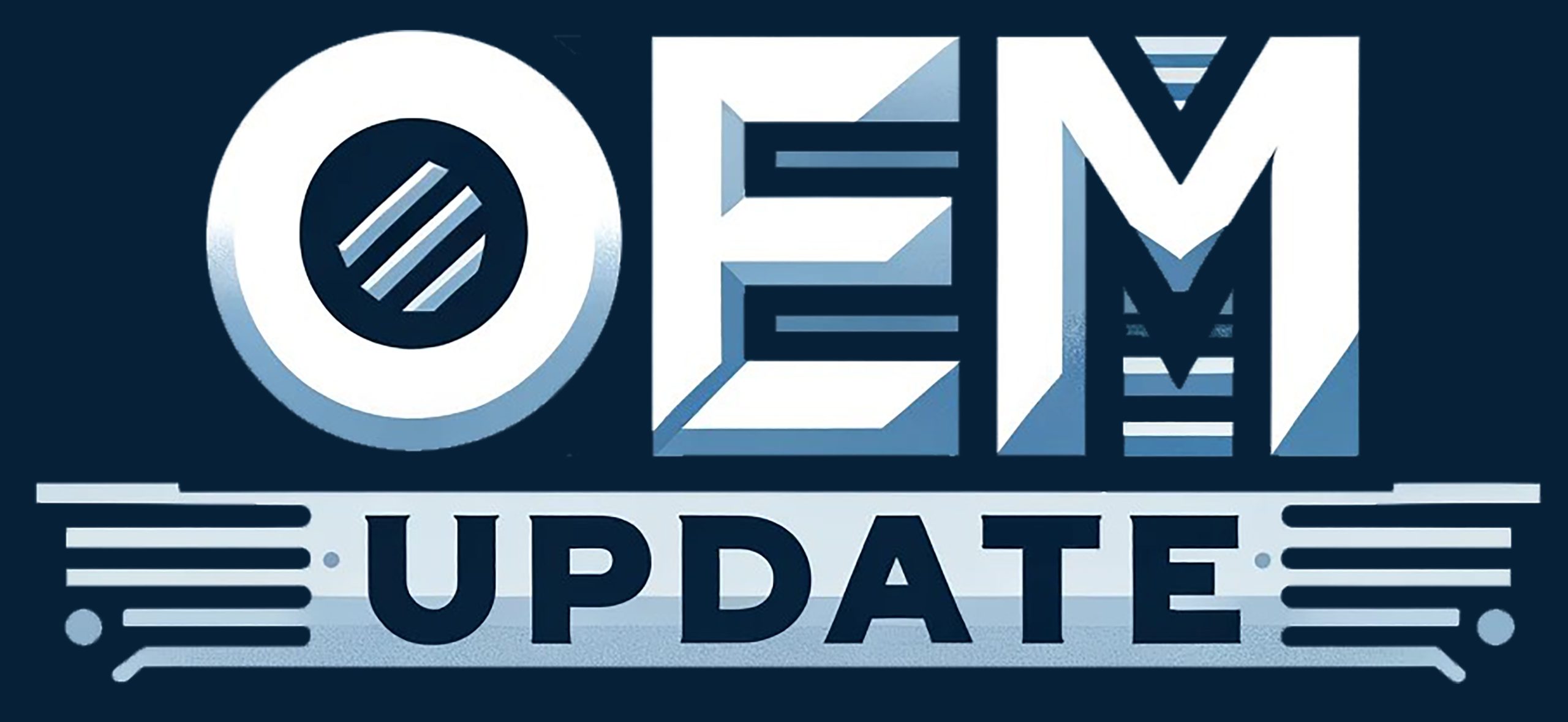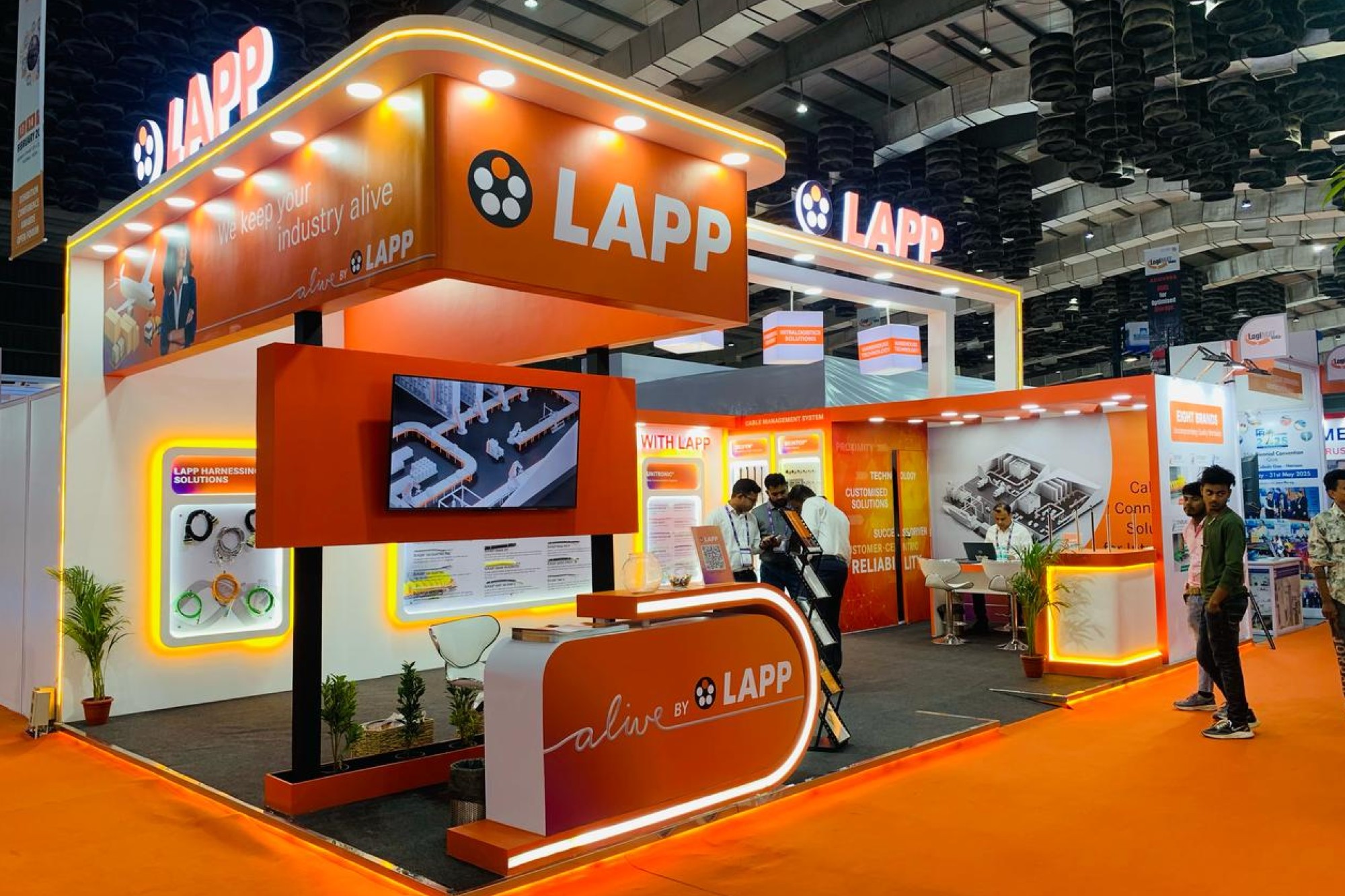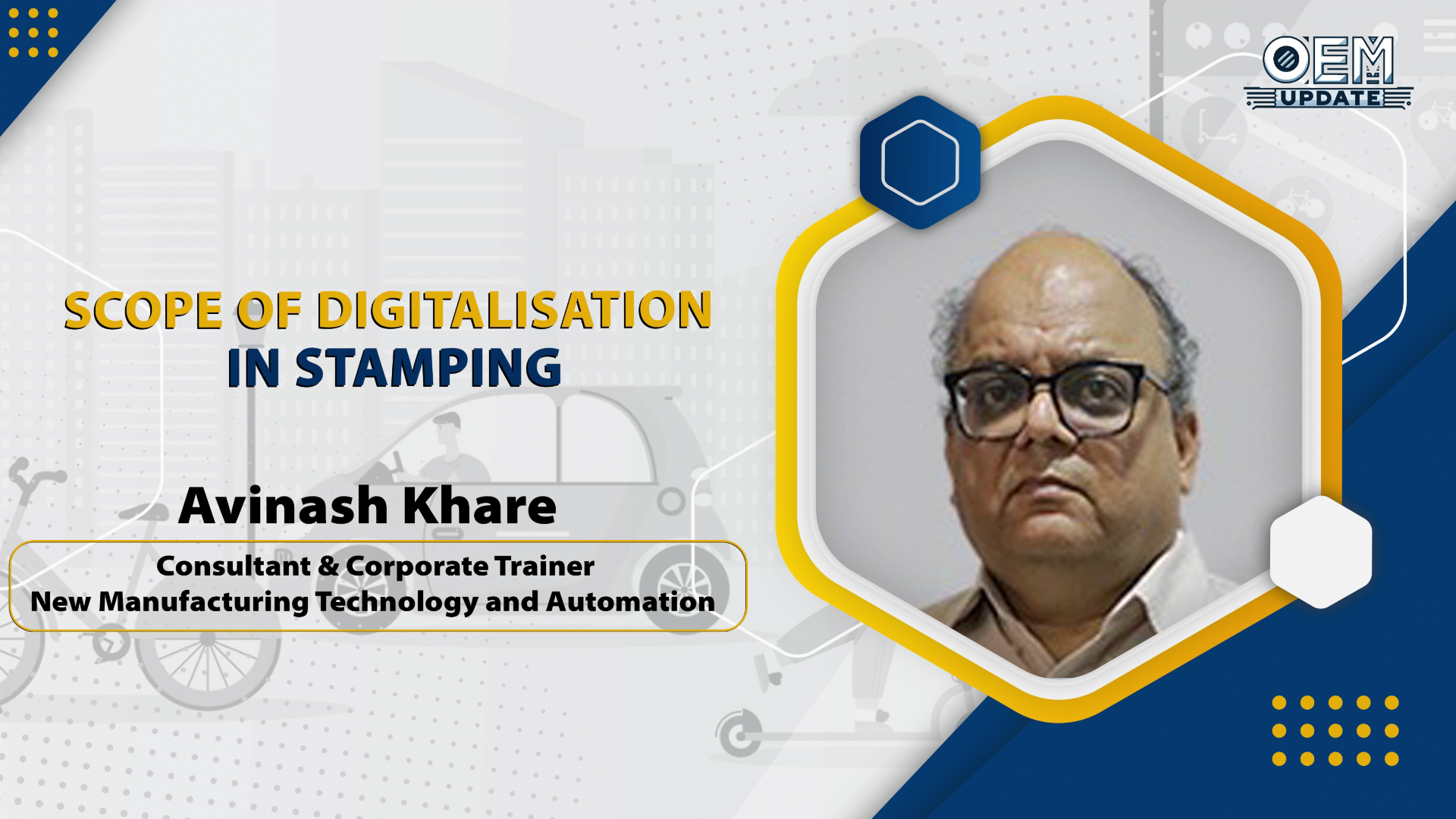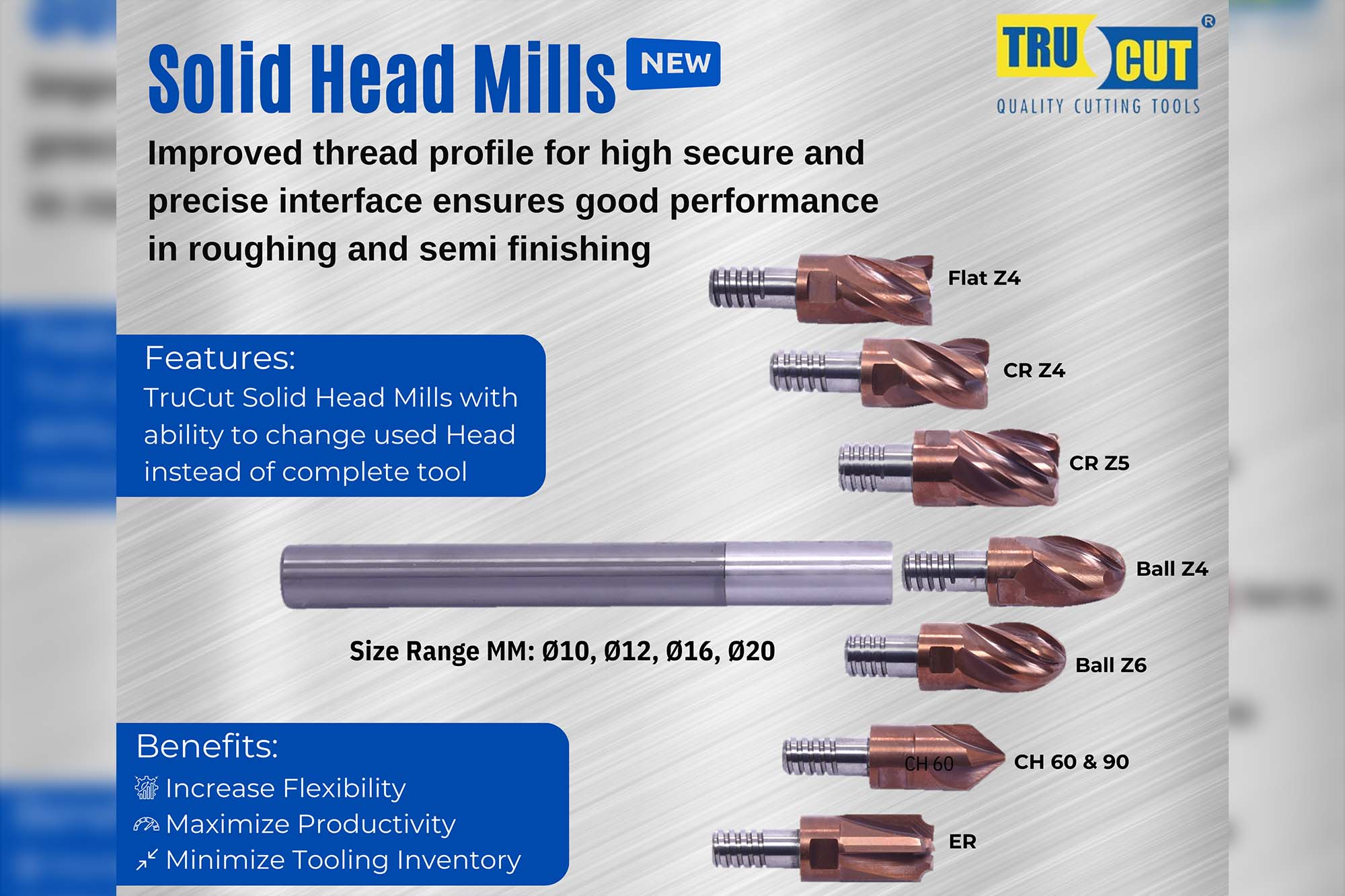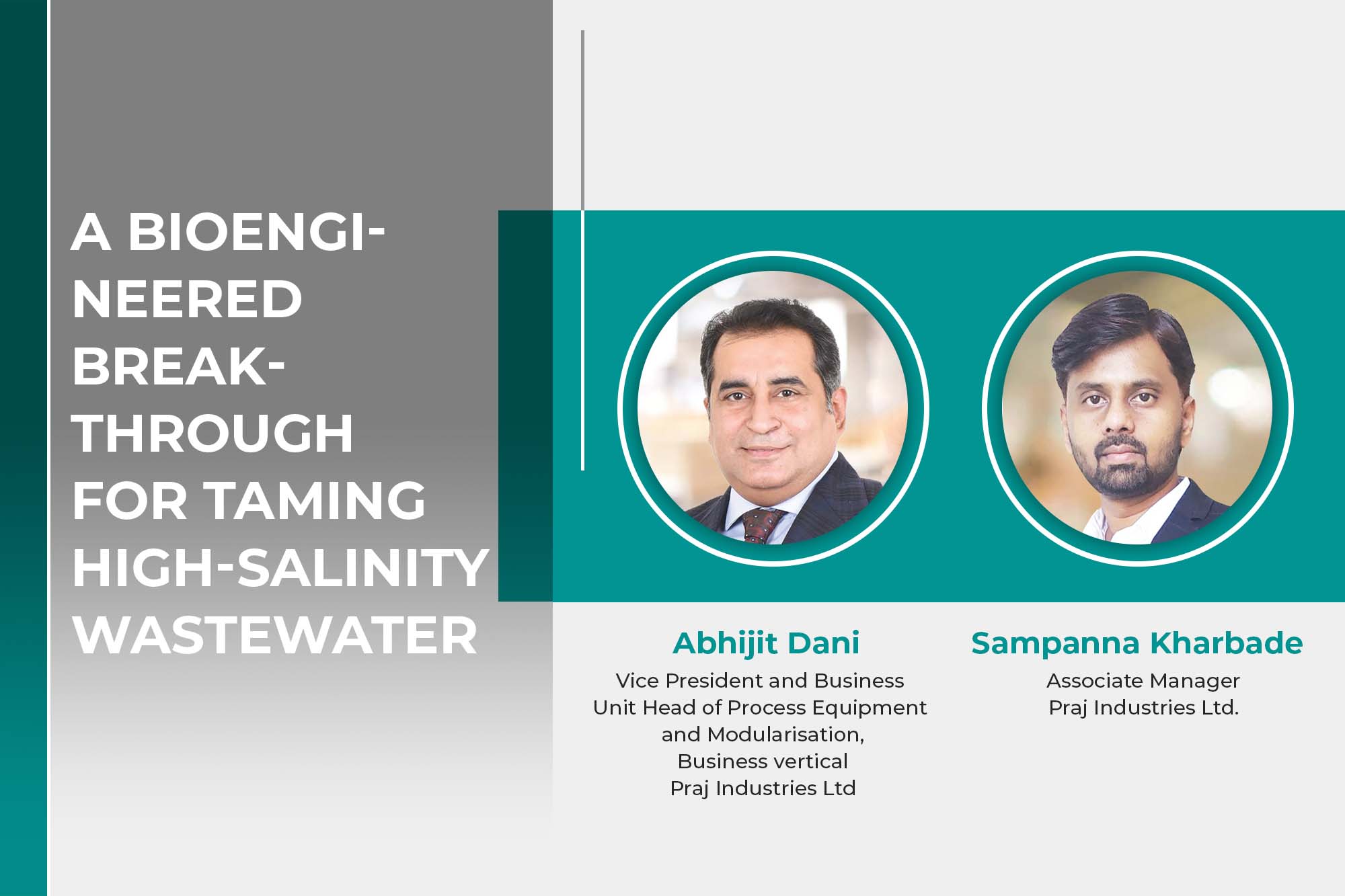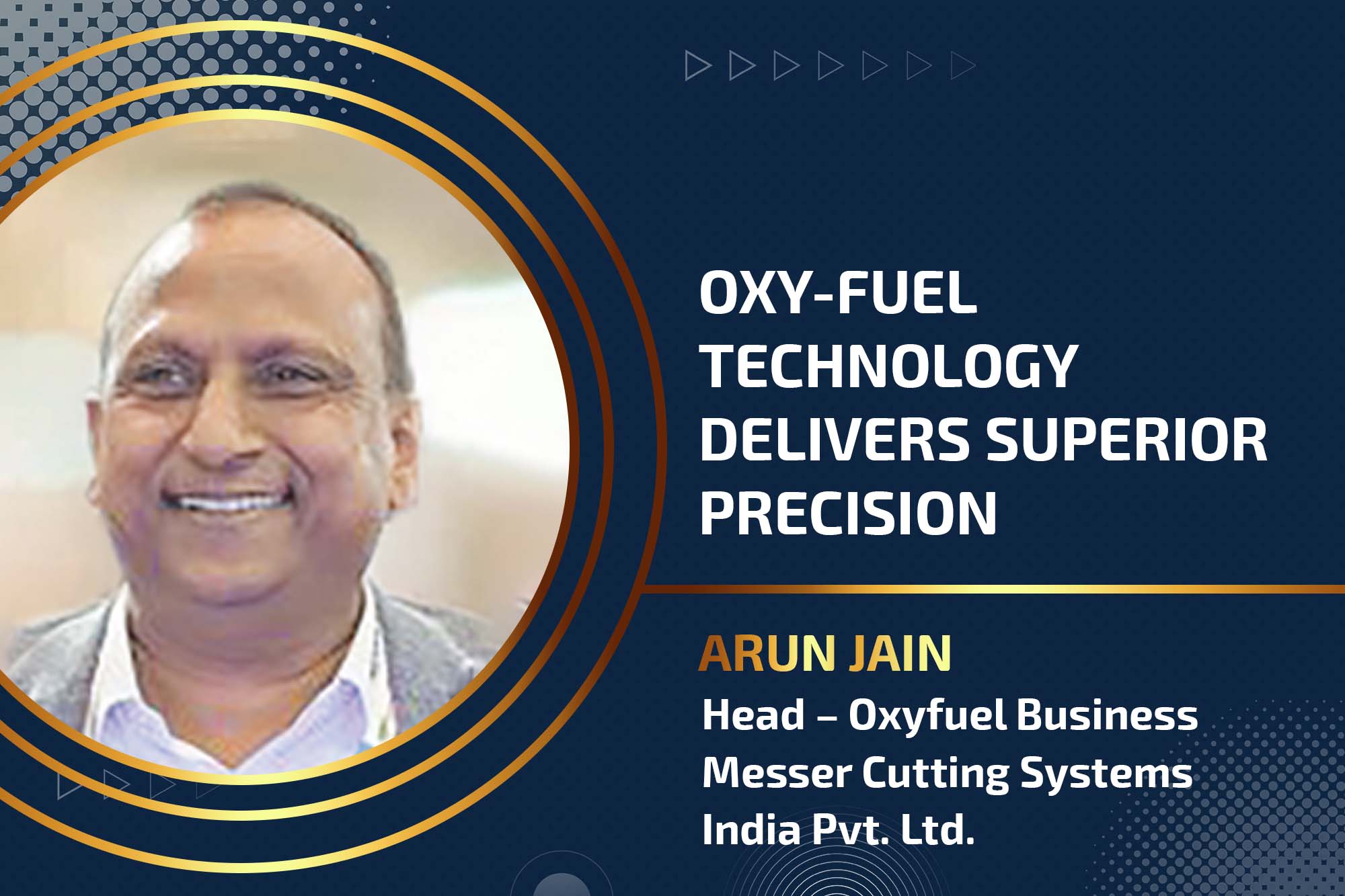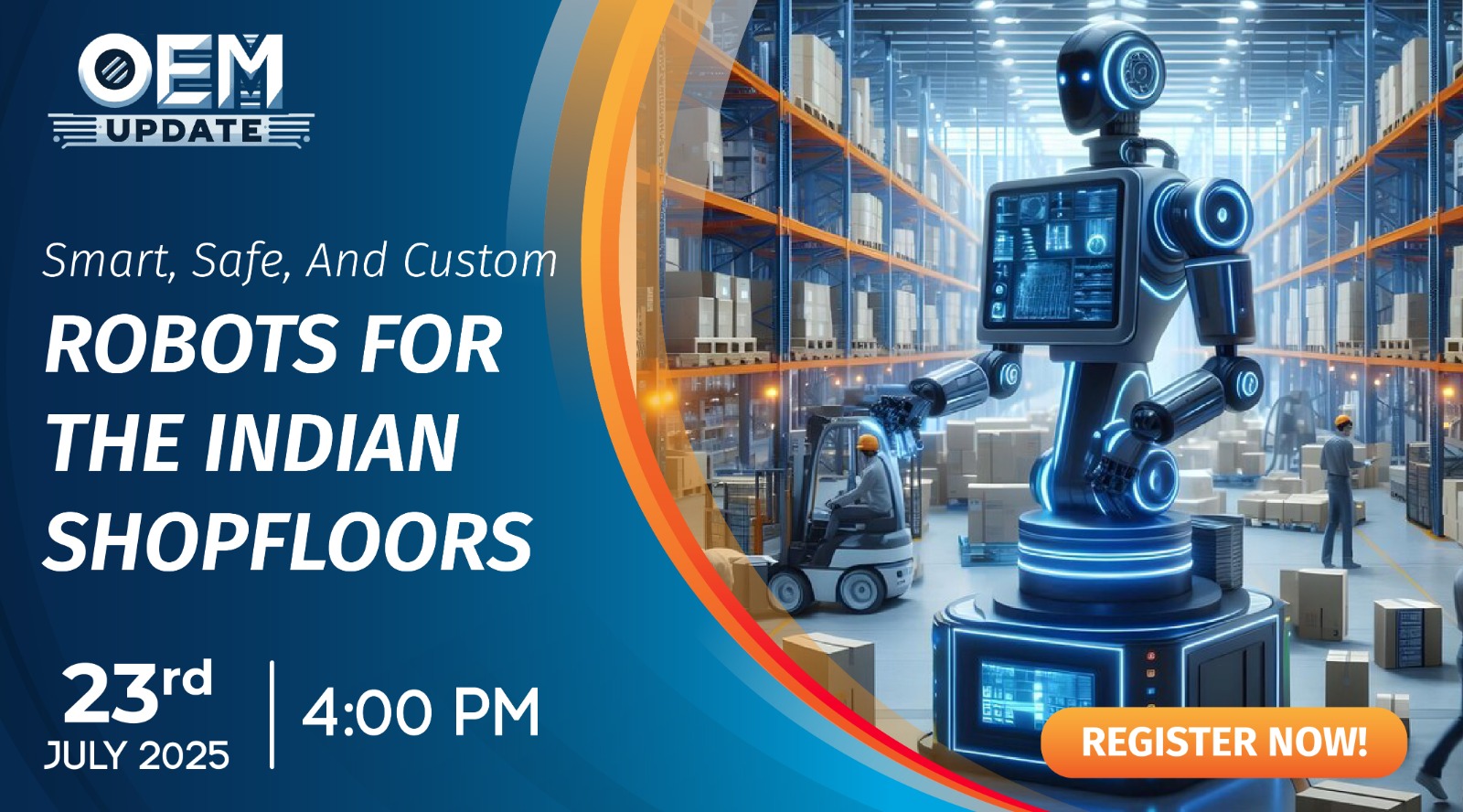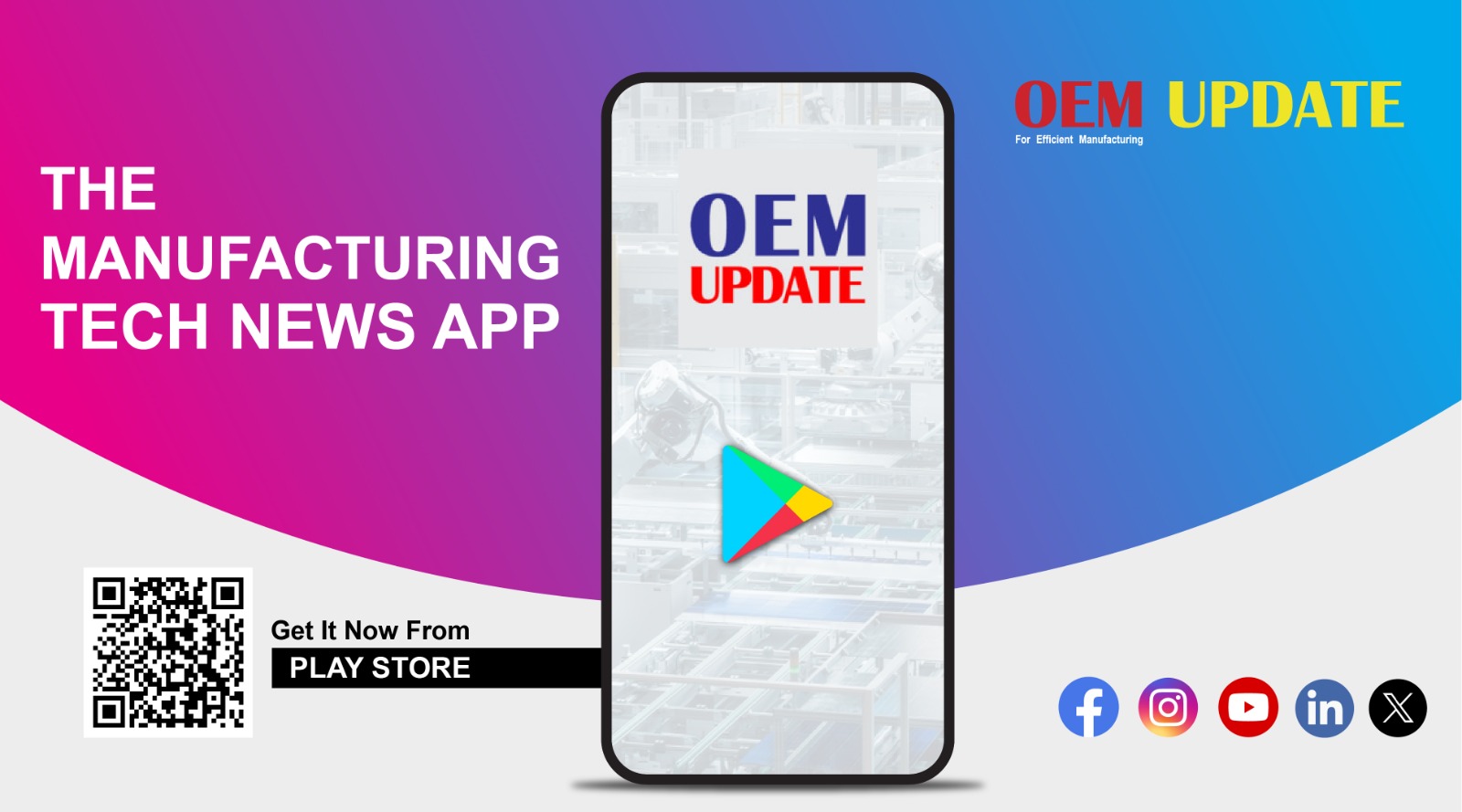Actuator Sensor – Interface: Intelligent Cabling for a Machine [Aug 2012]
By admin August 23, 2012 7:27 am IST
“With the new and continuously improving capabilities, AS-interface is the ideal partner network for any of the currently available Ethernet based industrial protocols”
In the yester years, there was no scarcity of materials like copper, iron etc. Supplies of the materials were more than the demand. Labour was also available in abundance. However, over the years, the labour cost and the material cost has been increasing which in turn means an increase in the production cost or the product cost. Additionally, there is an ever-increasing pressure to reduce the prices of the products due to the increasing competition. Hence the manufacturers are on a constant look-out for reducing the cost of production and thereby to reduce the price of their products. Automation is one of the ways to achieve this.
Centralised System The introduction of automation was a revolution in itself. Automation involves exchange of data from across the field to a central control unit. The data exchanged can be of various types ranging from system data, process parameters, analogue data or binary data. Also the nature of exchange of these data varies and can be cyclic or acyclic. Taking an example of a conventionally wired conveyor system:
Along the conveyor line, there are sensors like limit switches, proximity sensors etc. which give input to the PLC about the materials being conveyed. Based on the requirement, the PLC gives output to the contactors to switch off or switch on the conveyor. The switching action can also be done locally by means of actuators like push buttons, E-stop button etc. Conventionally, each of the actuator/ sensor along the conveyor was connected by hard-wire to the marshalling tier. From the marshalling tier, the inputs and outputs are connected to the PLC by means of a multi-core cable. This was referred to as “centralised control” where in all the data from the entire plant would be wired to the PLC located at certain location in the plant. The following drawbacks were encountered:
Drawback with this system
Impact for customer
More number of wires
Increased cabling costs
Large control cabinets
Higher cost of panels
Enormous time involved in wiring
Delayed start-up & commissioning
Considerable source for errors
Frequent plant break downs
Cookie Consent
We use cookies to personalize your experience. By continuing to visit this website you agree to our Terms & Conditions, Privacy Policy and Cookie Policy.
